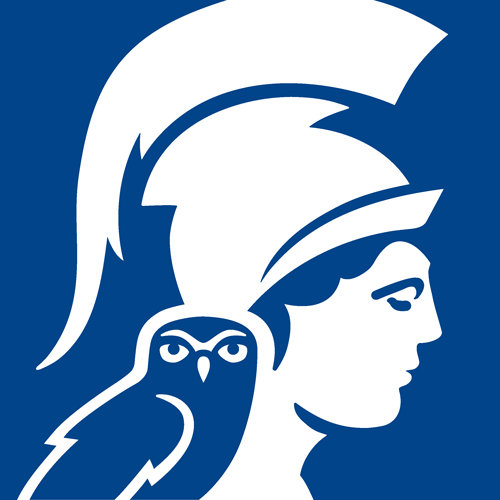| Table of Contents |
|---|
Introduction
Brill signed an agreement with Cadmore Media for the integration of audio and video in online publications. Besides hosting the content, Cadmore offers services such as a management portal for editing the content, transcriptions (in different languages) etc. This page gives an overview of the main functionality and specifies the instructions that are required in the JATS and BITS XML to include audio and video fragments in an article or chapter.
...
The <fig>-element with @specific-use="cadmore" is used to specify the video fragment to be included in the HTML-presentation of the article. The basic layout of the xml is given in the following sample. Note that "b1abf5a7-d908-4425-9048-f46f1a50f163" is the Cadmore ID that is generated in the management portal. Additional instructions are available to include the transcription of spoken text or a description of the veideo. See Media files hosted with Cadmore for additional information.
Sample video integration
Below the sample xml for te integration of a video fragment in the full xml of an article.
| Code Block | ||||
|---|---|---|---|---|
| ||||
<p><fig specific-use="cadmore" position="float" orientation="portrait">
<alternatives>
<media xmlns:xlink="http://www.w3.org/1999/xlink"
xlink:href="https://stream.cadmore.media/player/b1abf5a7-d908-4425-9048-f46f1a50f163" content-type="media/mp4"
position="float" orientation="portrait"/>
</alternatives>
</fig></p> |
...
Including this XML will result in an inline video player in the full text display of the article:
Sample audio integration
Below the sample xml for te integration of an audio fragment in the full xml of an article.
| Code Block | ||||
|---|---|---|---|---|
| ||||
<p><fig specific-use="cadmore" position="float" orientation="portrait">
<alternatives>
<media xmlns:xlink="http://www.w3.org/1999/xlink" xlink:href="https://stream.cadmore.media/player/857c5451-e1b2-4524-bd15-f82bd8becddd" content-type="media/wav" position="float" orientation="portrait"/>
</alternatives>
</fig></p> |
At the location of this XML snippet in the full text, a default image of a microphone is presented, together with the buttons to play and pause the audio fragment.
Procedure
| Info | ||
|---|---|---|
| ||
Note that the procedure below is a first draft. Processing the first publications with video fragments might result in adjustments. |
...
- Provide a table, listing the filenames of the fragments and a short description.
- Add an empty column to the table for the Cadmore ID:
- Upload the files in the Cadmore management portal. After uploading, the Cadmore ID is known and can be added to the table in the empty column.
- Make sure that it is clear for the typesetter where to include each fragment in the full XML version of the publication. As indicated above, the typesetter needs to include the Cadmore ID.
sample of the table
| filename | description | Cadmore ID |
|---|---|---|
| BEH 3810 Video 4a.mp4 | A basking shark is filmed underwater as it feeds on plankton off the coast of North Ireland | 904dbc58-0fbd-49ad-ab41-5947f28baeb4 |
| Info | ||
|---|---|---|
| ||
The Cadmore management portal offers the possibility to encrypt audio and video files. This means that the file can only be played by authorized users. This encryption requires an authentication interface between the brill.com / Pubfactory platform and Cadmore. Since this is not (yet) available, the Encrypt-option should be turned off to be able to play the file in an article or chapter. If turned on, a message appears that the user doesn't have permissions to play the file. |








